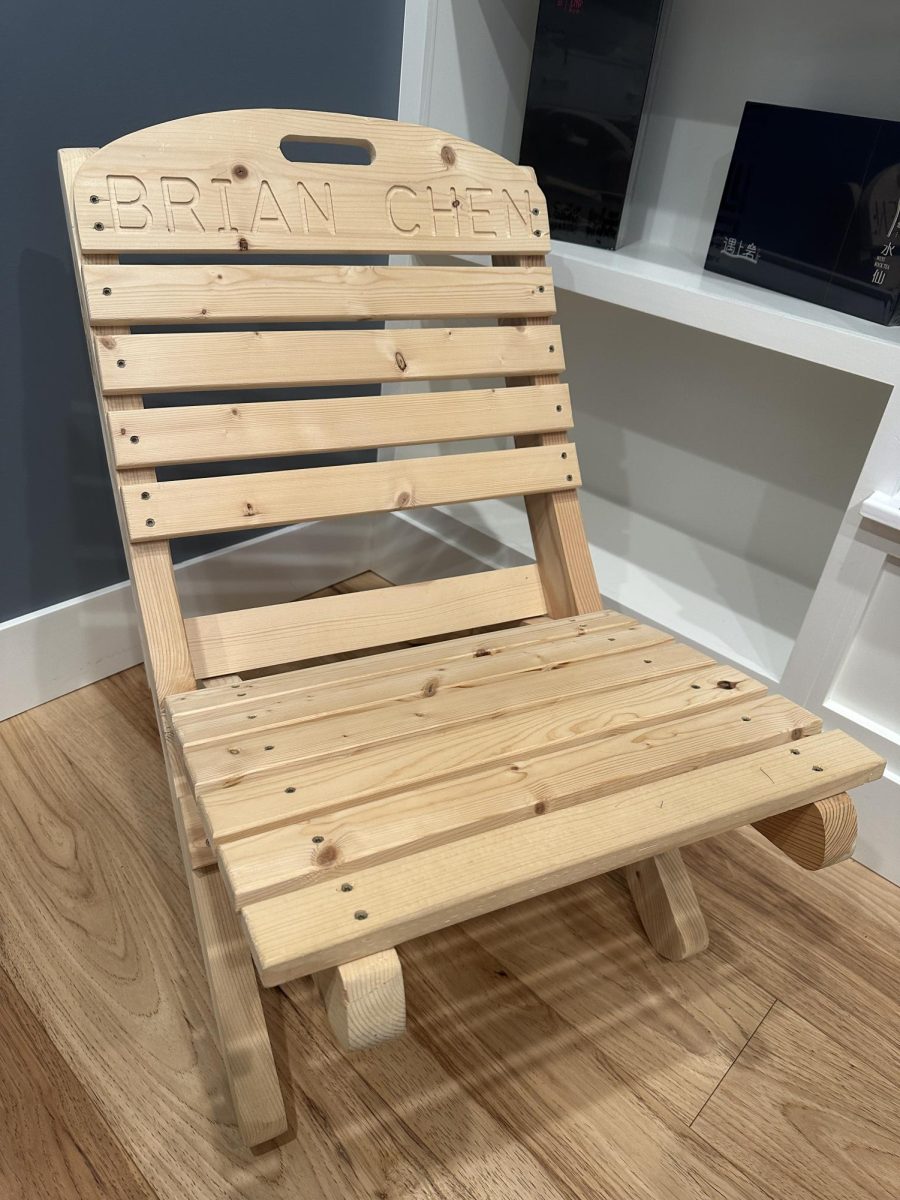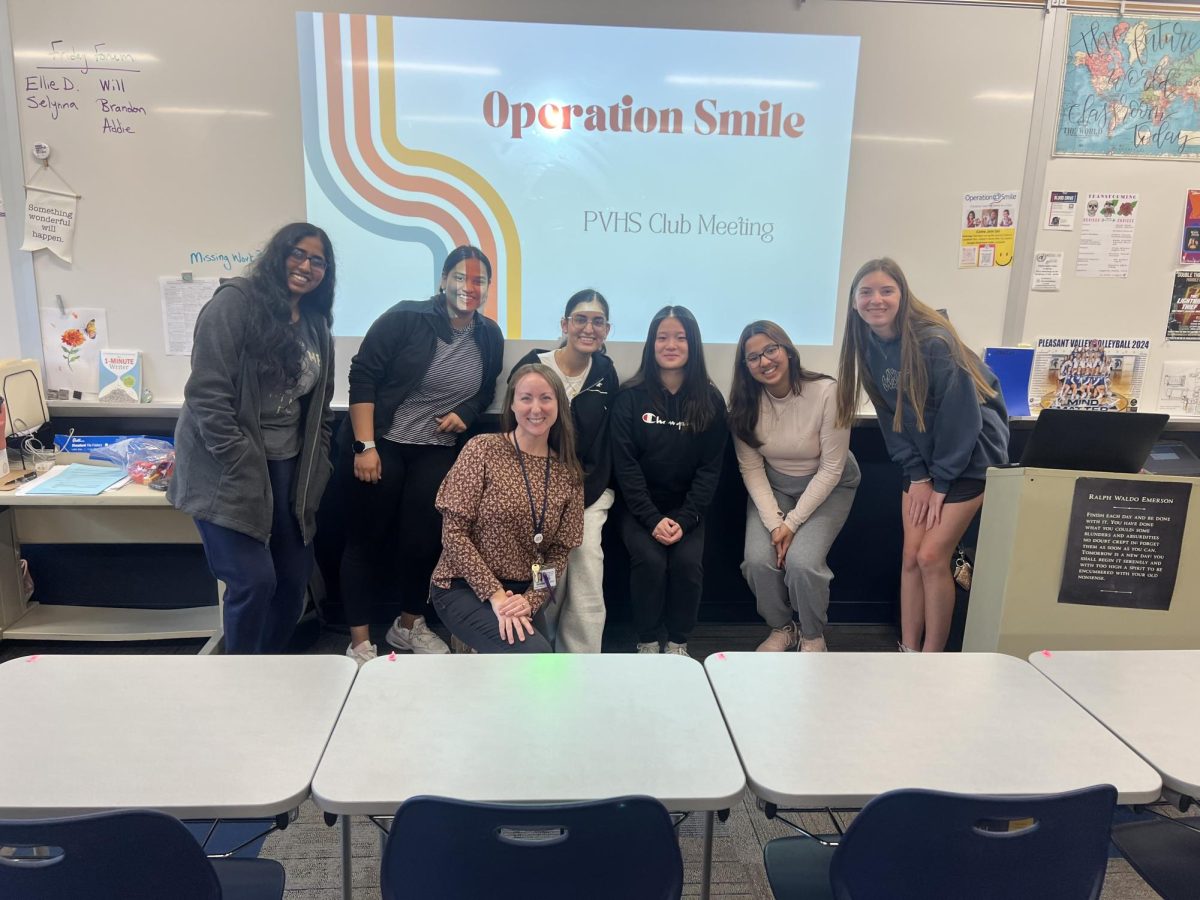It’s your best friend’s birthday next week, and you and the rest of your friends are pumped for the party. Everyone is pitching in a bit, and you got stuck with the cake. Instead of coughing up 25 dollars for a store bought cake, you decide that a box mix and a can of icing can’t be so bad, so you set forward onto your first baking adventure. However, after an hour of mixing, measuring and baking, what came out of your oven is more resemblant of a lopsided blob than anything edible. You are hopeful that frosting it will cover up the mess, but your blob merely just transformed from a lopsided blob into a big blue mountain. At least it will taste good, right?
Cake is cake, yes, but many don’t know that baking can actually be easy. Box mixes and canned frosting surely do help out, but a few other tricks and tools can help you transform from kitchen amateur to baking professional. Here are some common baking mistakes and how to fix them.
1.) Cake sticking to the pan?
There is nothing more frustrating than trying to flip a flawless, freshly-baked cake out of its tin prison only to find out that half of it is still stuck to the bottom of the pan. Greasing and flouring claim to prevent this fiasco, but the only way to be certain is to line the bottom of the baking pan with a piece of oven-safe parchment paper. That way, when you flip your cake pan upside down, the cake will fall out in one piece, and you can easily peel the parchment paper right off the cake. “I don’t normally bake, but my dad loves parchment paper,” says senior Cameron Blunk. “He always puts them down for cookies instead of spraying the pan. Plus, it minimizes dirty dishes.”
2.) Chunky and unsmooth frosting?
After your cake is perfectly assembled, to cover it with sub-par looking frosting is surely a sign of defeat. Most people use a butter knife to spread the sugary goo, but a handy kitchen tool can make the job a lot easier. An offset spatula is like a butter knife, except that the handle is raised to an angle, so the flat spatula part is parallel to the surface below it when it is held in your hand. If the explanation in words isn’t much help to you, perhaps this Youtube video can give you better insight: https://www.youtube.com/watch?v=yMIidQ_HMWE. An offset spatula essentially gives you full control of where you are putting your frosting, as well as what texture it comes out to be (smooth, swirled, whatever your heart desires), so say goodbye to frosting nightmares.
3.) Over/undercooked cakes?
It’s understandable; we all are a little impatient when it comes to the art of baking, and therefore we may open the oven a few too many times to check on the cake. However, doing so drastically alters how your cake cooks, and will most likely lead to goo in the middle or blackened edges. When you open the oven door, you are letting tons of hot air escape, altering the temperature of your oven which is very important in order for a cake to cook perfectly. So if you have a cake in the oven, make sure to refrain from the impulse and just watch from the window.
4.) Mismatched measuring cups?
Is there a difference between those little individual measuring cups and that big pitcher with measurements on the side? Yes. The big pitcher is for liquid ingredients, and the individual cups are for dry ingredients. To interchange their purposes might result in mismeasured ingredients, which will alter the way your cake cooks and tastes. Baking is science, and science is exact, so make sure your ingredients are too.
Cakes aren’t the only things you can bake, so here are a few more tips when it comes to other baked goods.
5.) Eyeballed cookie portions?
It may seem tempting to just spoon that dough straight onto the cookie sheet in any fashion you’d like, but mismatched dough sizes will result in a bunch of cookies that have their own individual baking time. The larger amount of cookie dough, the longer it will take to cook, and vice versa. So if you have quite a few cookies that vary in size, it is likely that some cookies will come out undercooked while others are burnt.
6.) Overmixing?
It’s easy to get carried away with that rubber spatula, but it’s not always for a good cause. Mixing batters to more than “just combined” will result in tough and dense cakes, cookies, muffins, etc., which is definitely not desirable. The best bet is to always follow what the recipe says, and only mix the batter to what it requires, nothing more.
7.) Soggy muffins/cupcakes?
Many times, people will leave muffins or cupcakes in their baking pans to cool. However, this doesn’t allow the steam to escape, therefore resulting in cupcakes and muffins with soggy and wet bottoms. Yuck. To prevent this, make sure to take the baked goods out of their little cubicles only after letting cool for about five minutes. That way, your muffins and cupcakes will have a crisp edge and a fluffy center.
Senior Jasmine Lindstaedt also has a few bits of advice for new bakers. “Always do exactly what they tell you in the recipe (baking requires exact measurements). Start with something easy, like a pound cake, simple muffins, or cookies rather than bread or a cool layered fondant cake you saw on Instagram. Always set a timer and watch your oven. Most cookies are done earlier than you think, so take them out even if they don’t look like it; they will harden while cooling down.”
Overall, baking is an art and it surely takes time and patience. With these tips, hopefully your time in the kitchen will be much more enjoyable. Happy baking!









